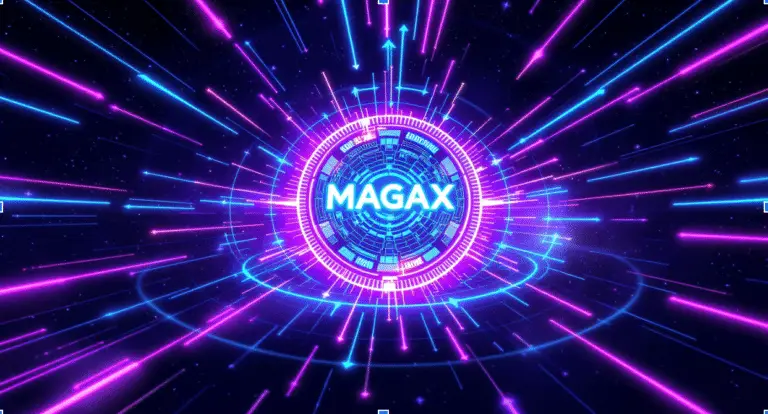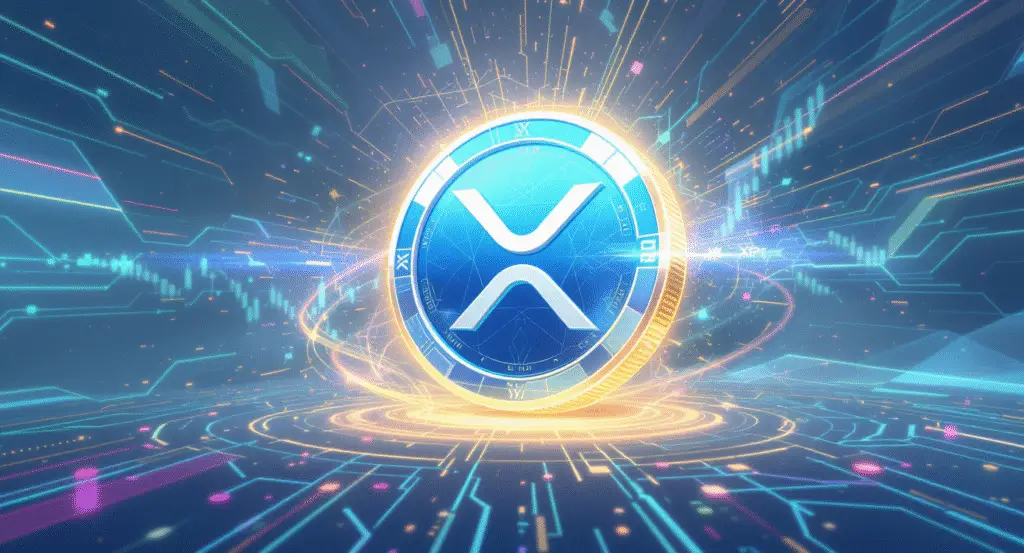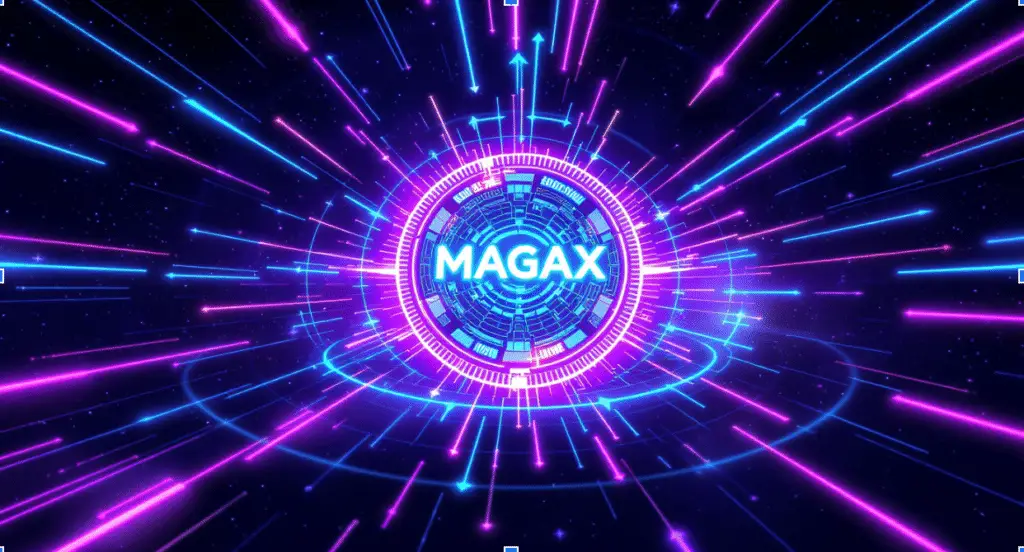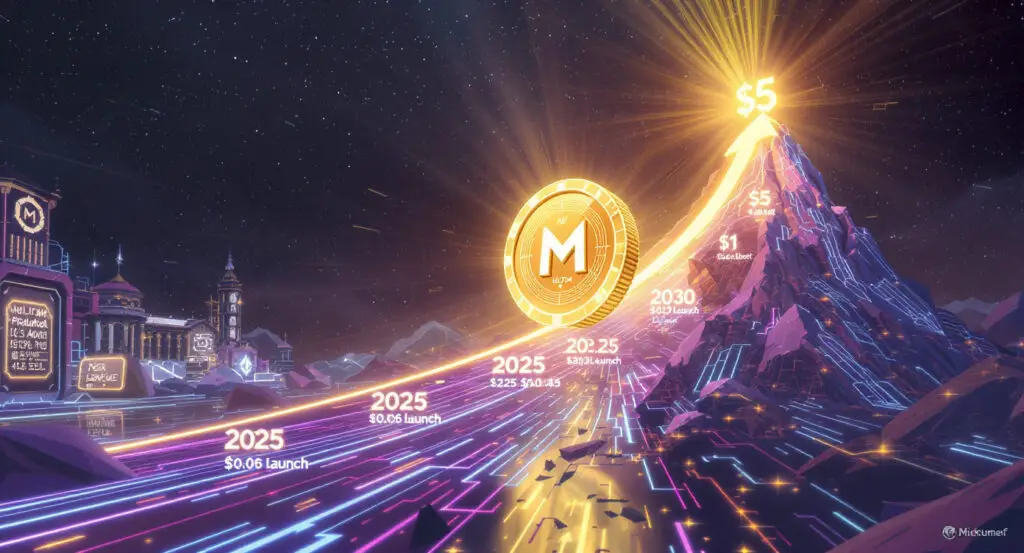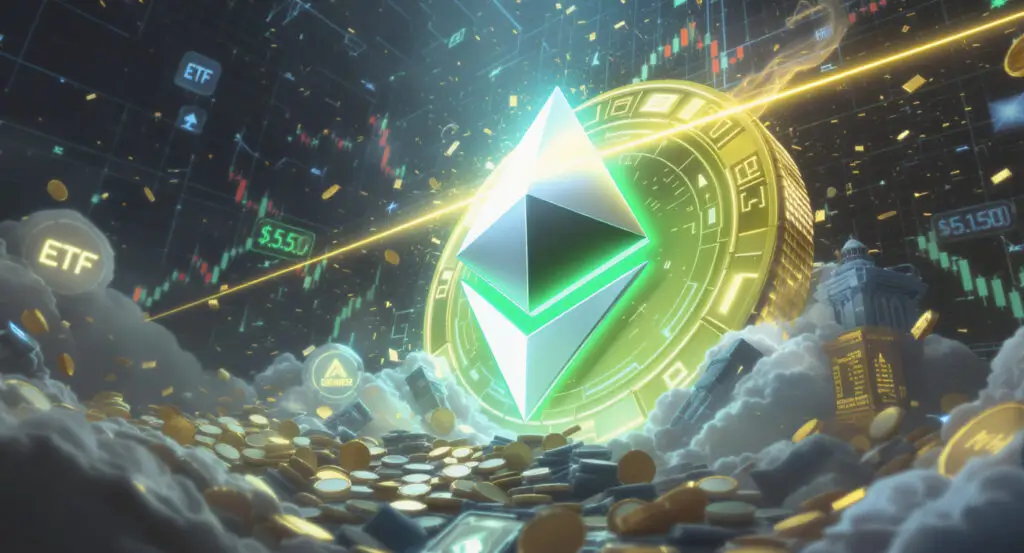The Ethereum network is undergoing significant strategic scaling efforts, with core developers preparing for two major upcoming protocol upgrades: the Fusaka and Glamsterdam hard forks. In a tangible sign of increased network capacity, the Ethereum gas limit recently increased to 37.3 million, enabling higher transaction throughput and setting the stage for more complex on-chain operations.
Fusaka Hard Fork: Testing Underway for November Launch
Core Ethereum developers have preliminarily approved dates for the Fusaka hard fork, which includes 11 Ethereum Improvement Proposals (EIPs) currently undergoing rigors testing. The Fusaka devnet launched on July 23, 2025, marking a crucial step in its development. This upgrade follows the Pectra hard fork conducted in May. A public testnet is planned for September and October, with the mainnet upgrade scheduled between November 5 and 12, aligning with Devconnect in Buenos Aires (November 17–22).
Key EIPs slated for inclusion in the Fusaka hard fork are designed to enhance various aspects of the network:
- EIP-7594 (PeerDAS): Enables nodes to perform selective data availability sampling, reducing the need to fully download data and improving network resilience, especially for Layer 2 rollups.
- EIP-7823 & EIP-7883 (MODEXP Adjustments): Limit input parameters for the precompile MODEXP and raise its base cost, reducing DDoS risks and improving fee fairness for cryptographic operations.
- EIP-7825 & EIP-7935 (Gas Limit Controls): Introduce a per-transaction gas limit of 30 million and set the default block gas limit, balancing operational flexibility with protection from excessive costs.
- EIP-7892 & EIP-7918 (BLOB Upgrades): Include preparatory steps for future Binary Large Objects (BLOB) upgrades and link gas price to actual execution costs, preventing imbalances between BLOB fees and execution costs.
- EIP-7917 (Proposer Device Pre-selection): Provides a deterministic algorithm for pre-selecting the proposer device, increasing predictability and simplifying protocol analysis.
- EIP-7934 (RLP Transaction Block Size Limit): Introduces a limit on the maximum size of RLP transaction blocks, simplifying processing and reducing peak validation loads.
- EIP-7939 (EVM Opcode): Adds a new opcode to the EVM for counting leading zeros in a word, improving the efficiency of certain cryptographic and mathematical calculations.
- EIP-7951 (secp256r1 Support): Adds native support for the secp256r1 elliptic curve, expanding cryptographic capabilities and improving user experience for applications.
- EIP-7642 (Deprecated Field Removal): Removes deprecated fields used prior to the proof-of-stake transition.
Glamsterdam Hard Fork and Rising Gas Limits
Concurrently, developers are actively preparing for the subsequent major network upgrade, Glamsterdam, which is scheduled for activation in H1 2026. Key EIPs for Glamsterdam will be finalised in July, with certification frozen on August 1. Proposals for inclusion in this future fork are accepted until August 21, with priorities including EIP-7732 and EIP-7805, aimed at improving network resilience and user experience, and potentially reducing block latency by 50%.
In the interim, the Ethereum network has seen a recent increase in its gas limit. According to Etherscan data, the network gas limit increased by 3% last weekend, from 36 million to 37.3 million. This pushed network throughput from 15 to 18 transactions per second, as reported by Chainspect. This increase is largely driven by validator activity, with GasLimits data indicating that about half of the network’s validators are signalling support to further raise the gas limit to 45 million. Such an increase could potentially reduce mainnet fees by 15–33%, enhancing user experience and network scalability. Ethereum co-founder Vitalik Buterin has long advocated for increasing the gas limit and is currently promoting a major simplification of the blockchain’s core layer architecture.






